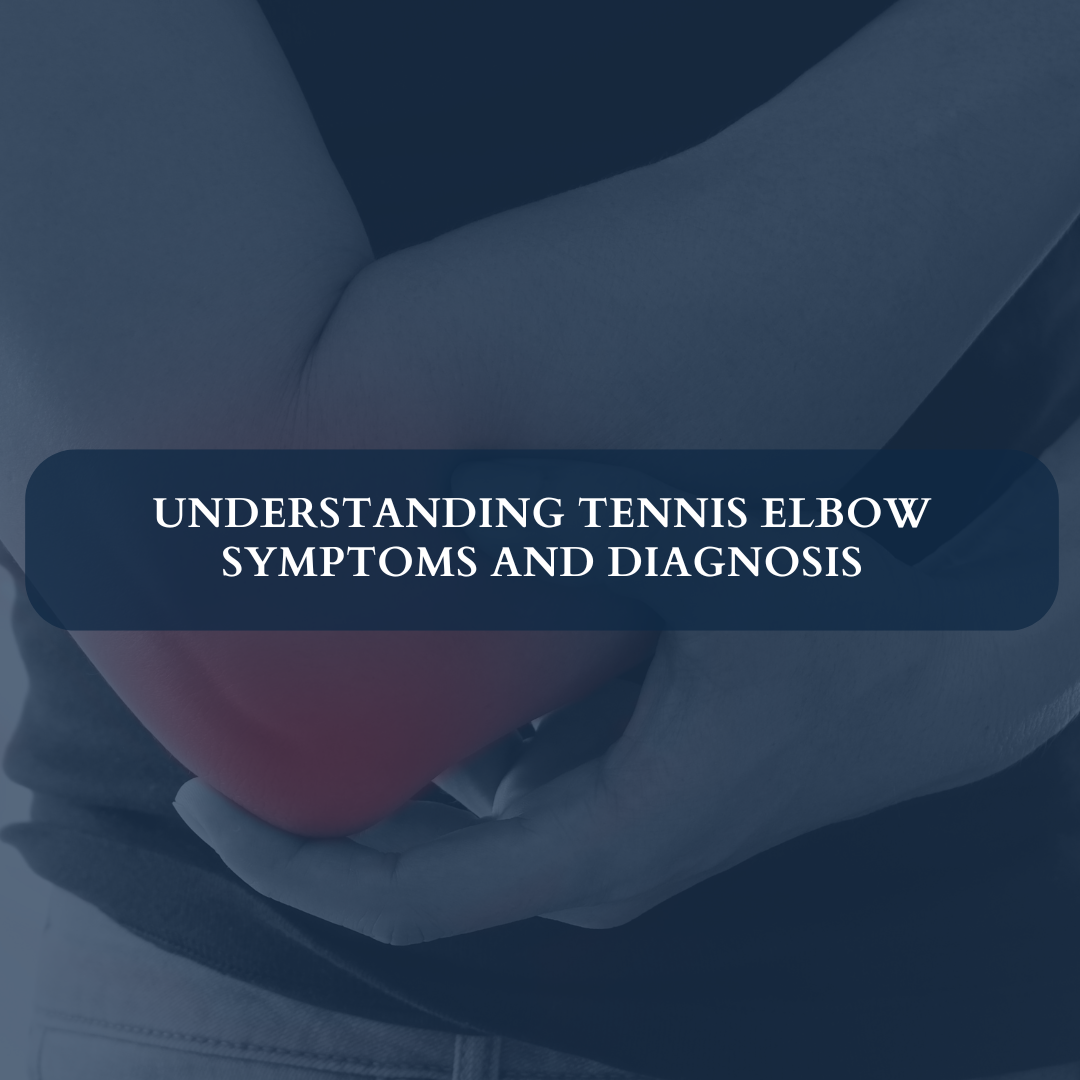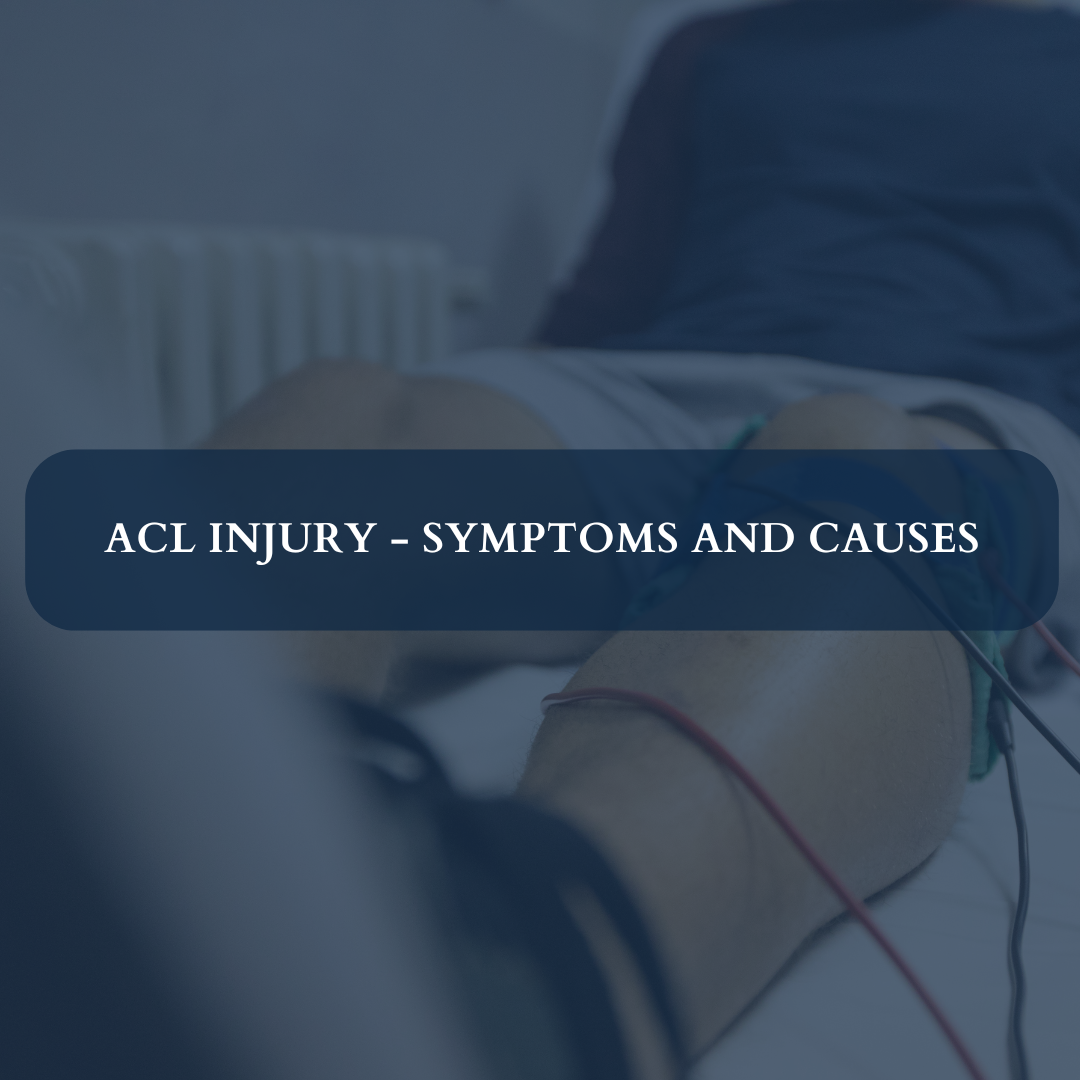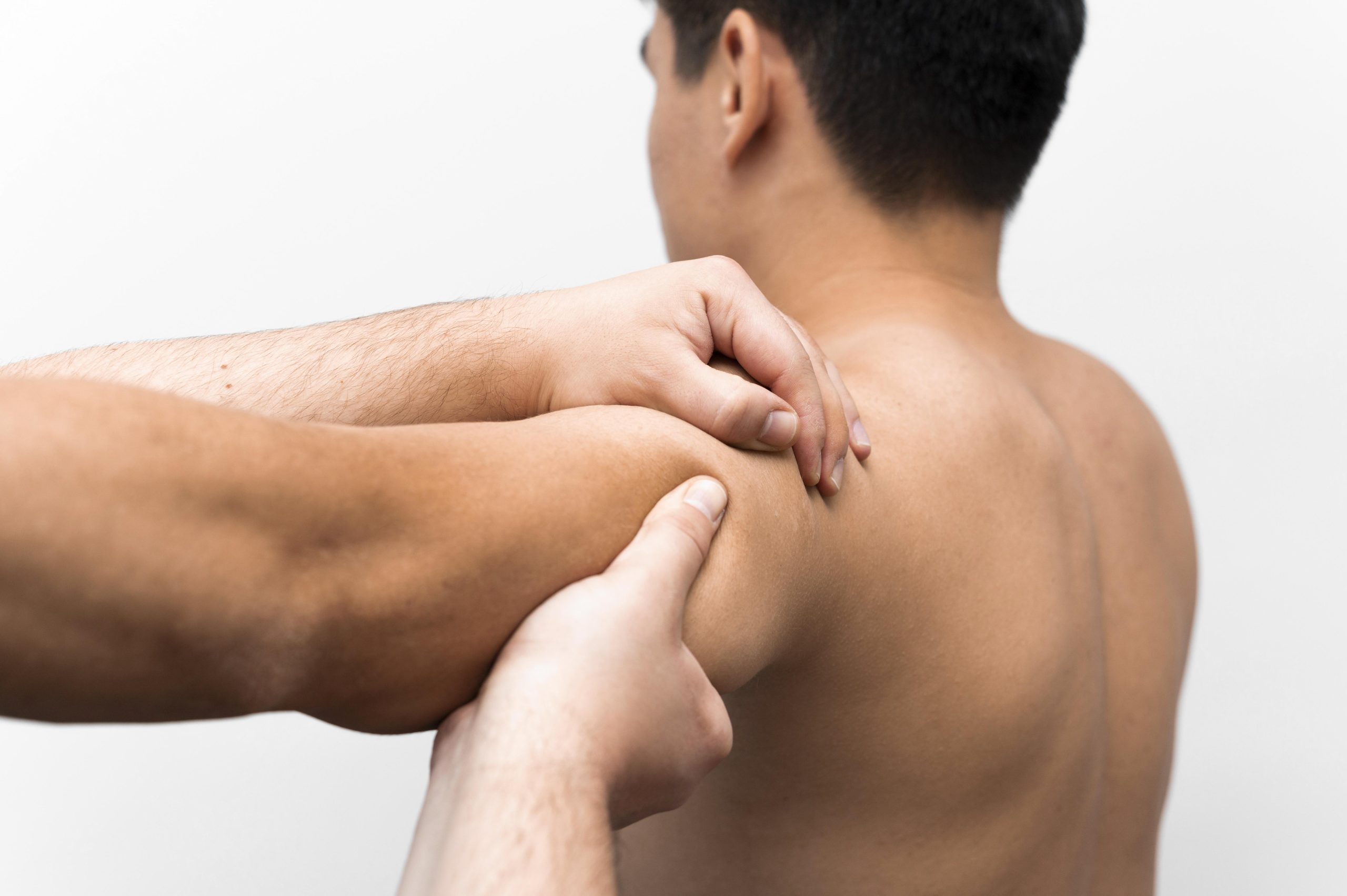Understanding the Importance of Flexibility
In the quest for optimal physical health and performance, flexibility often takes center stage. Whether you’re an athlete aiming to enhance performance or someone seeking relief from everyday stiffness, achieving suppleness is key. One effective method that has gained traction in recent years is trigger point release. In this article, we’ll delve into what trigger points are, how they affect the body, and demystify the process of trigger point release.
What Are Trigger Points?
Trigger points are hyperirritable spots within muscle tissue that can cause pain, discomfort, and restricted movement. These points are often referred to as “knots” and can develop due to various factors, including overuse, injury, poor posture, or stress. When stimulated, trigger points can radiate pain to other areas of the body, a phenomenon known as referred pain.
The Impact of Trigger Points on the Body
The presence of trigger points can significantly impact one’s quality of life. Not only do they cause localized pain and stiffness, but they can also lead to muscle weakness, limited range of motion, and even affect posture. Additionally, trigger points can contribute to the development of chronic conditions such as tension headaches, fibromyalgia, and myofascial pain syndrome.
Demystifying Trigger Point Release Techniques
1. Self-Myofascial Release (SMR)
SMR techniques involve using tools such as foam rollers, massage balls, or self-massage techniques to apply pressure to trigger points. By targeting these areas and applying sustained pressure, SMR helps release tension, improve blood flow, and promote relaxation in the affected muscles.
2. Manual Therapy
Manual therapy techniques, such as trigger point massage performed by a skilled therapist, can effectively release trigger points. This hands-on approach allows for precise targeting of trigger points, enabling the therapist to apply varying levels of pressure and manipulation to alleviate tension and pain.
3. Dry Needling
Dry needling involves the insertion of thin needles into trigger points to stimulate the release of tension and promote healing. While similar to acupuncture, dry needling specifically targets trigger points and aims to deactivate them, providing relief from pain and restoring muscle function.
Incorporating Trigger Point Release into Your Routine
Whether you’re an athlete, office worker, or someone dealing with chronic pain, incorporating trigger point release into your routine can yield significant benefits. By addressing muscular imbalances, reducing tension, and promoting relaxation, trigger point release can enhance flexibility, improve performance, and alleviate discomfort.
Conclusion: Embracing Flexibility Through Trigger Point Release
From stiffness to suppleness, the journey involves understanding the intricacies of trigger points and employing effective release techniques. By incorporating methods such as self-myofascial release, manual therapy, and dry needling into your routine, you can unlock the potential for greater flexibility, mobility, and overall well-being. Remember, the path to optimal health begins with unraveling the mystery of trigger point release.
Ready to explore your options for chiropractic and physiotherapy?
Contact SwastyaPhysio today to schedule a consultation and discover the best path to your wellness journey. We’re here to support your health every step of the way.
Banaswadi | HBR layout | Kalyan Nagar | Kammanahalli | Horamavu | Hennur





